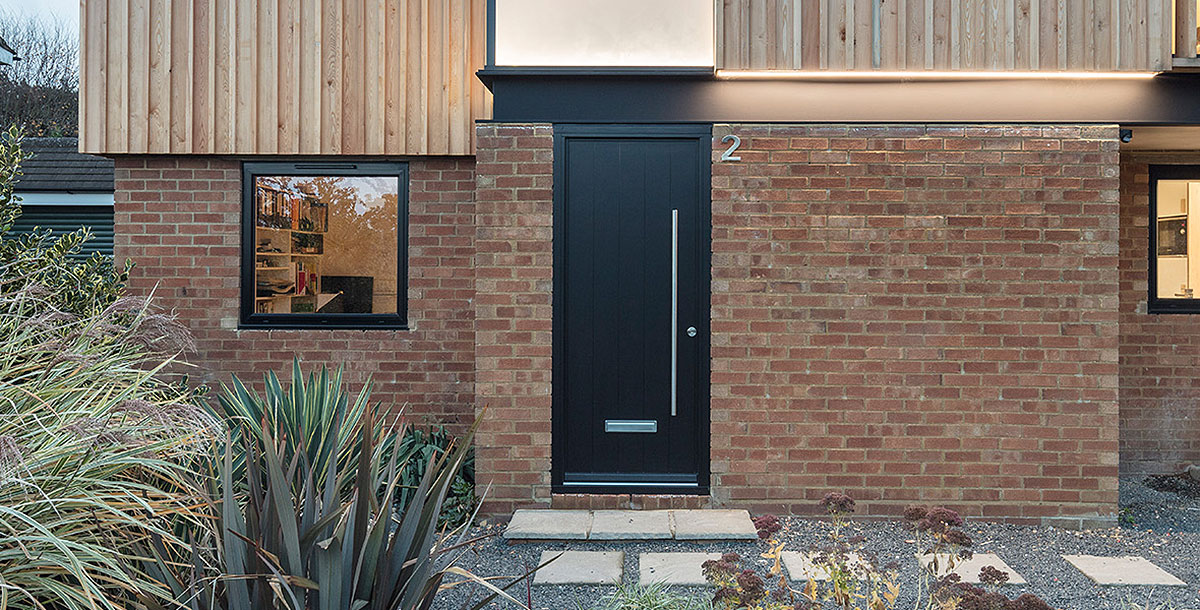How to choose an energy efficient front door
Advice on the features to look for when selecting a front door that won't let any warmth escape
Whether you are renovating the entrance to your home or building a new one from scratch, the importance of a good front door is not just about its looks. Matt Higgs, director at Klöeber explains the key factors to consider when choosing a new energy efficient front door.
Retaining heat
The rate at which heat is transferred through a material or product is known as the U-value. The lower the value, the better. Look for a front door with a U-value of less than 1.8W/m2. The most energy efficient front door has insulation at its core. Some timber and composite doors have a high-performance insulating core, while others just have a void.
To avoid air leaks, chose a material that won’t move, swell or bow with changes in the weather. It‘s also important that the doorframe is insulated and sealed to stop air and water coming through.
Solar energy
The G-value is the percentage of solar energy that passes through glazing. A lower rating is better. If you are incorporating glass panels, then consider the potential solar gain. For south-facing elevations, solar control glass that reduces heat gain will be a good option.

Timber door from the FunkyFront range at Kloeber
Getting permission
With self-builds and major renovations, the front door will form part of the planning application for the entire scheme. If you’re upgrading your home, a like-for-like replacement falls under permitted development (PD). You won’t need planning consent, unless the property is listed or in a conservation area, or if you’re creating a new opening or widening the existing one.
Make sure you’re clear on the rules in your area by checking with your local authority before beginning any work. Fitting a front door is subject to building regulations. Choose your door supplier’s installation service or hire a reputable joiner who is familiar with building regulation requirements.

Grey painted front door with glazed central panel from Westbury Joinery









